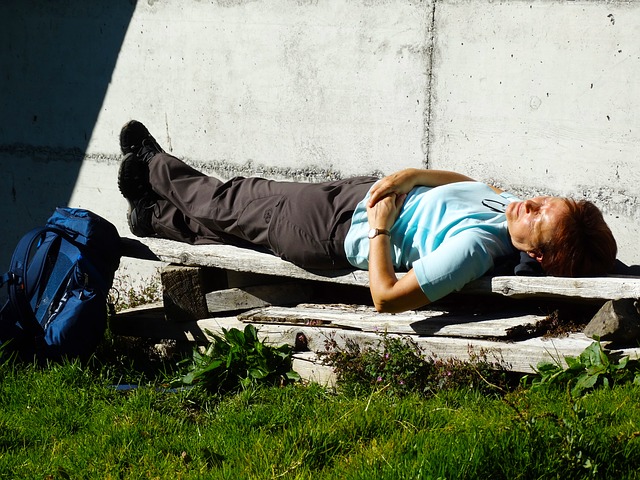
by Peter Winslow
In our culture, “alternative medicine” refers to healing practices both ancient and modern that do not involve drugs or surgery. These “modalities” are not taught or discussed in western medical schools and so do not fall within the realm of allopathic, or conventional methods.
Alternative modalities include nutritional therapies, naturopathy, yoga, acupuncture, Ayurveda, meditation, hypnosis, homeopathy, biofeedback, herbal therapies and a range of other practices that are steadily increasing in popularity.
When scientific investigation can establish the safety and effectiveness of an alternative practice, it can become mainstream and no longer be considered alternative. Many of these practices have become widely adopted by conventional practitioners and are known as complimentary and alternative medicine, or CAM.
Because many alternative techniques have not been studied extensively in clinical trials, they tend to lack mainstream support. Some have advocated defining CAM as non-evidence based medicine, or not medicine at all. Other researchers state that the standard evidence-based approach to defining CAM is inadequate and counterproductive because in clinical trials many widely accepted forms of conventional treatment have shown poor results, but are heavily prescribed anyway.
The bottom line: do your homework, learn what alternatives are available to you and take an active role with your providers in selecting which methods to use.
Peter

by Peter Winslow
For some, the word meditation conjures up visions of exotic people in flowing robes, eating nuts and berries or chanting strange and eerie tones. In fact, meditation is something you already do on a daily basis.
Ever watch television and lose track of the people in the room around you? Drive a car and lose your memory of the last five miles? These are forms of meditation. Taking a walk and allowing the mind to float freely while observing your breath flowing in and out, fully appreciating the fresh air, is an experience of light meditation.
Meditation occurs when we direct the mind and body into singleness of purpose, the so-called “zone” that athletes refer to. You can “zone” on anything from relaxation, health issues and meaningful relationships to financial success and personal goals.
The tragedy is that most people are constantly meditating on their fears and insecurities, and don’t even know it. This kind of subconscious activity is the stress that prevents people from decompressing properly or getting enough sleep.
Certain kinds of meditation are very effective for dropping bad habits, like overeating or tobacco use, and for establishing new patterns of behavior like self-care and exercise.
The most widely practiced, most well researched, and most effective method of self-development is called Transcendental Meditation, or TM. This is a simple, natural, effortless procedure practiced 20 minutes twice each day while sitting comfortably with your eyes closed. It allows the mind to settle inward beyond thoughts to the source of thought, which is pure awareness.
This practice reveals the most silent and peaceful level of consciousness, your innermost Self. In this state of restful alertness, your brain functions with significantly greater coherence and your body rests more deeply than when you are actually asleep. It’s one of the most healthy things we can do. I’ll bet you didn’t know that!
Peter


